You have not yet added any article to your bookmarks!

Join 10k+ people to get notified about new posts, news and tips.
Do not worry we don't spam!
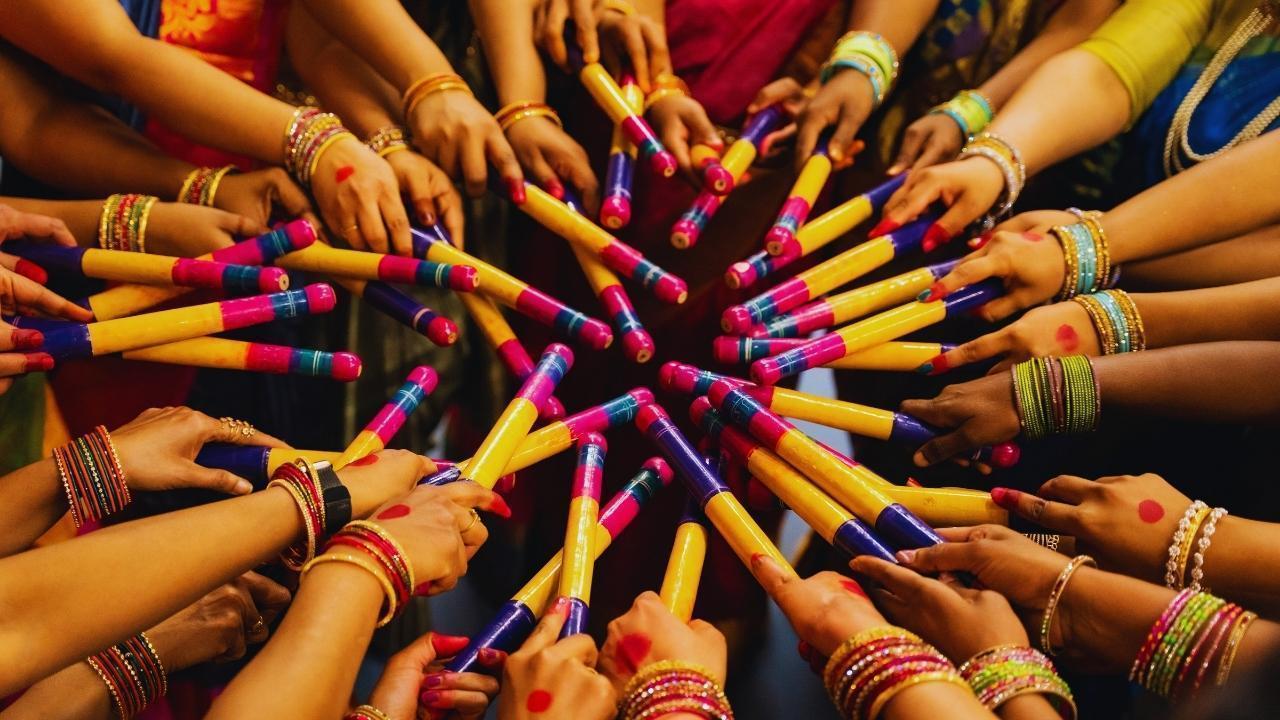
Post by : Anis Farhan
Navratri is not only about prayers and rituals; it is also a festival of celebration, music, and cultural expression. Among the many traditions, Garba and Dandiya stand out as the most captivating community events. These dance forms are deeply tied to Navratri and serve as a way of worshiping the Goddess through rhythm and movement.
On Day 3, dedicated to Goddess Chandraghanta, the energy peaks as devotees dress in colorful costumes and gather in large groups to perform Garba and Dandiya Raas. The dance symbolizes joy, unity, and the triumph of light over darkness, echoing the qualities of bravery and serenity that Goddess Chandraghanta embodies.
The costumes worn during Garba and Dandiya are just as important as the dance itself. They represent tradition, regional culture, and the festive spirit.
For Women:
Women traditionally wear chaniya cholis (a three-piece outfit including a blouse, flared skirt, and dupatta). The attire is heavily embroidered with mirrors, beads, and colorful threads. Jewelry such as oxidized necklaces, bangles, and maang-tikkas add sparkle to the look. On Day 3, shades of royal blue or red are most popular, aligning with the day’s symbolic colors.
For Men:
Men usually wear kediyu (a flared kurta) paired with dhotis or churidar pants. Their outfits are equally vibrant, decorated with mirror work, shells, and embroidery. A matching turban or headgear completes the look, symbolizing honor and festivity.
The key element of these costumes is that they are not only visually striking but also designed to allow freedom of movement during the energetic dances.
While traditional costumes dominate, many young participants like experimenting with fusion styles. Indo-western outfits, light fabrics, and minimal jewelry are increasingly popular among urban crowds. For example:
Women pair crop tops with long skirts, creating a modern version of the chaniya choli.
Men opt for embroidered jackets over jeans or trousers, blending tradition with contemporary fashion.
Matching outfits for couples and theme-based color coordination are also trending in metro cities.
This blend of modernity and tradition makes Garba and Dandiya accessible to younger generations, keeping the cultural spirit alive while appealing to changing tastes.
Navratri organizers across India often create themes for Garba and Dandiya nights to add excitement and uniqueness to the festival. On Day 3, these themes often reflect bravery, calmness, or the symbolism of Goddess Chandraghanta.
Color Themes: Blue and red dominate Day 3, but organizers sometimes choose a single color theme where everyone dresses alike to create unity.
Cultural Heritage Themes: Dances are accompanied by decorations inspired by Gujarat’s handicrafts, Rajasthan’s folk art, or Bengal’s Durga Puja styles.
Eco-friendly Themes: Stages, decor, and costumes incorporate natural fabrics, recycled materials, and clay art, promoting sustainability.
Fusion Nights: Some events mix Garba and Dandiya with Bollywood music or Indo-fusion tunes, attracting diverse age groups.
These themes not only make the festival visually appealing but also deepen its cultural and social meaning.
Music is the heartbeat of Garba and Dandiya. Traditionally, folk songs dedicated to Goddess Durga are sung, accompanied by dhol, tabla, harmonium, and claps. Over time, contemporary Navratri songs and remixes have joined the playlist, making the event more engaging for the youth.
On Day 3, music often emphasizes strength and valor, echoing the essence of Goddess Chandraghanta. The beats grow faster as the night progresses, building energy and excitement that unite participants in rhythm and devotion.
Garba and Dandiya are not just dances; they are social events that foster bonding. On Day 3, people from all age groups — children, youth, and elders — come together, dressed in their finest costumes, to dance in circles around the idol of the Goddess.
These gatherings go beyond religion; many non-Hindus also join the festivities, making Garba and Dandiya a celebration of inclusivity and cultural diversity. It creates a sense of belonging, bridging differences with joy and rhythm.
Costumes are incomplete without accessories. Some popular adornments include:
Women: Oxidized earrings, nose rings, kamarbandh (waist belt), anklets, and colorful bangles.
Men: Embroidered turbans, chunky bracelets, and bead necklaces.
Both: Decorative dandiyas (sticks), often covered with colorful tapes, mirrors, or bells, which add sparkle to the dance.
Accessories are as much a part of the tradition as the outfits, enhancing the festive spirit of Day 3 celebrations.
Today, Garba and Dandiya are celebrated far beyond India. Indian communities abroad — in the USA, UK, Canada, Australia, and Middle East countries — organize massive Garba nights during Navratri.
On Day 3, these events often carry themes inspired by Indian traditions while incorporating global trends. For instance, professional DJs blend Gujarati folk beats with international rhythms, making the dances appealing to younger generations overseas.
These international celebrations keep Indian culture alive globally while making Garba and Dandiya universal symbols of joy.
Participating in Garba and Dandiya on Day 3 offers not just cultural joy but also psychological benefits. Dancing in circles, in sync with others, creates a sense of unity and collective energy. The rhythmic beats reduce stress, improve mood, and enhance physical fitness.
For devotees, it becomes a spiritual exercise, where every clap and step is seen as an offering to Goddess Chandraghanta. It is a reminder that devotion can be expressed through joy and celebration, not just rituals.
Navratri Day 3 holds a unique charm, where devotion to Goddess Chandraghanta merges with the vibrancy of Garba and Dandiya. The costumes, themes, and music not only enrich the festival but also create an atmosphere of joy, courage, and unity. Whether dressed in traditional attire or experimenting with modern fusion styles, the essence lies in celebrating togetherness and honoring the Goddess through dance.
As the bells of Chandraghanta echo in symbolism, the beats of Garba and Dandiya remind us that spirituality and celebration can go hand in hand, inspiring courage and harmony in everyday life.
This article is for cultural and informational purposes only. Traditions, costumes, and rituals may vary by region and community. Readers are encouraged to follow their family customs and local practices while celebrating.
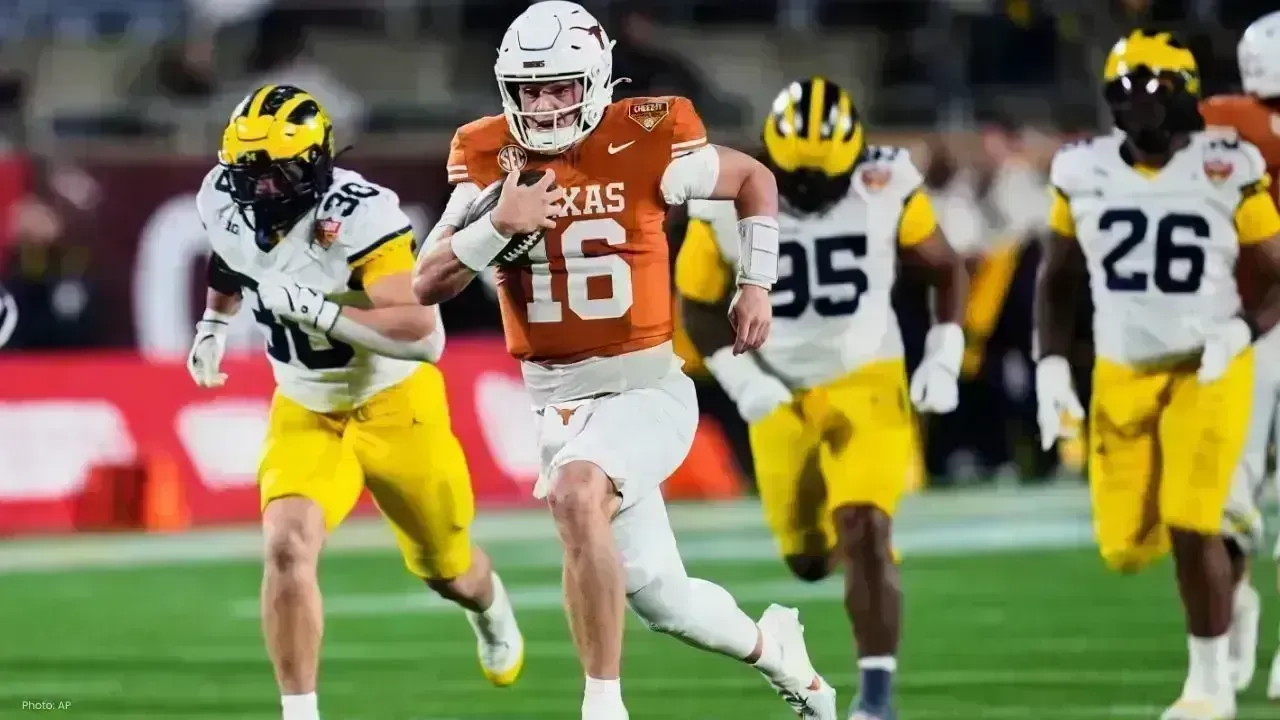
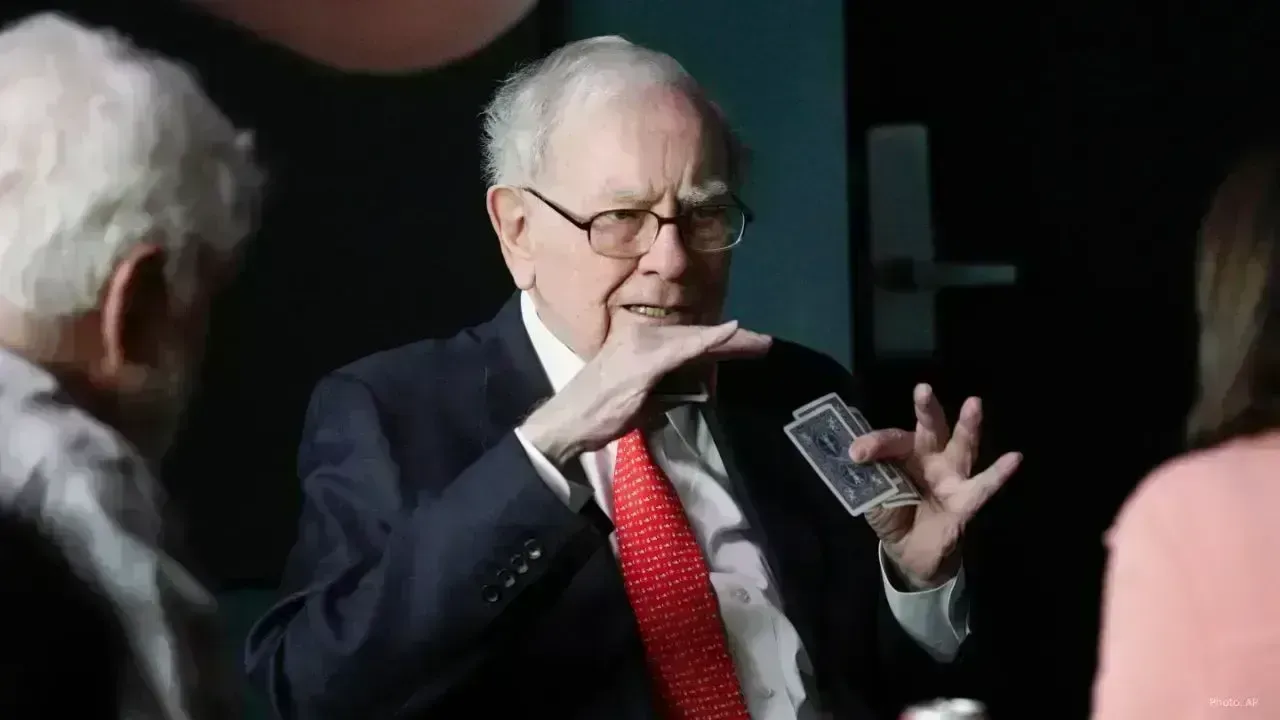
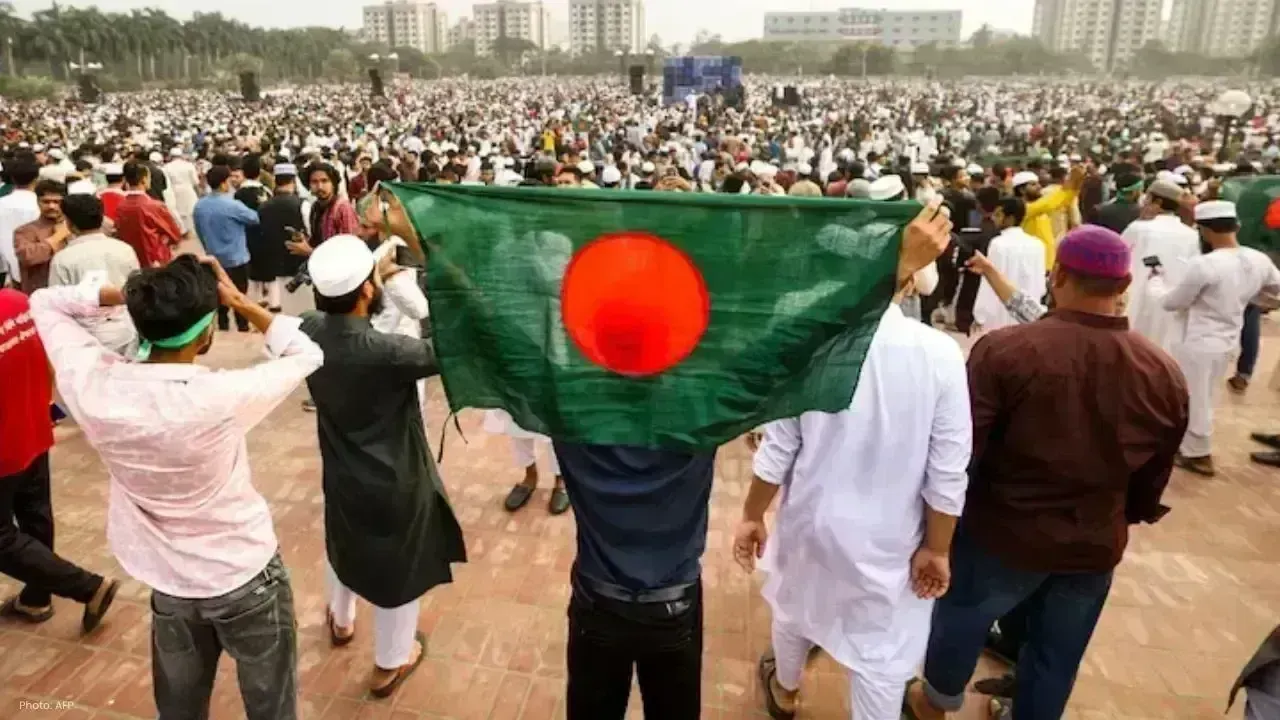
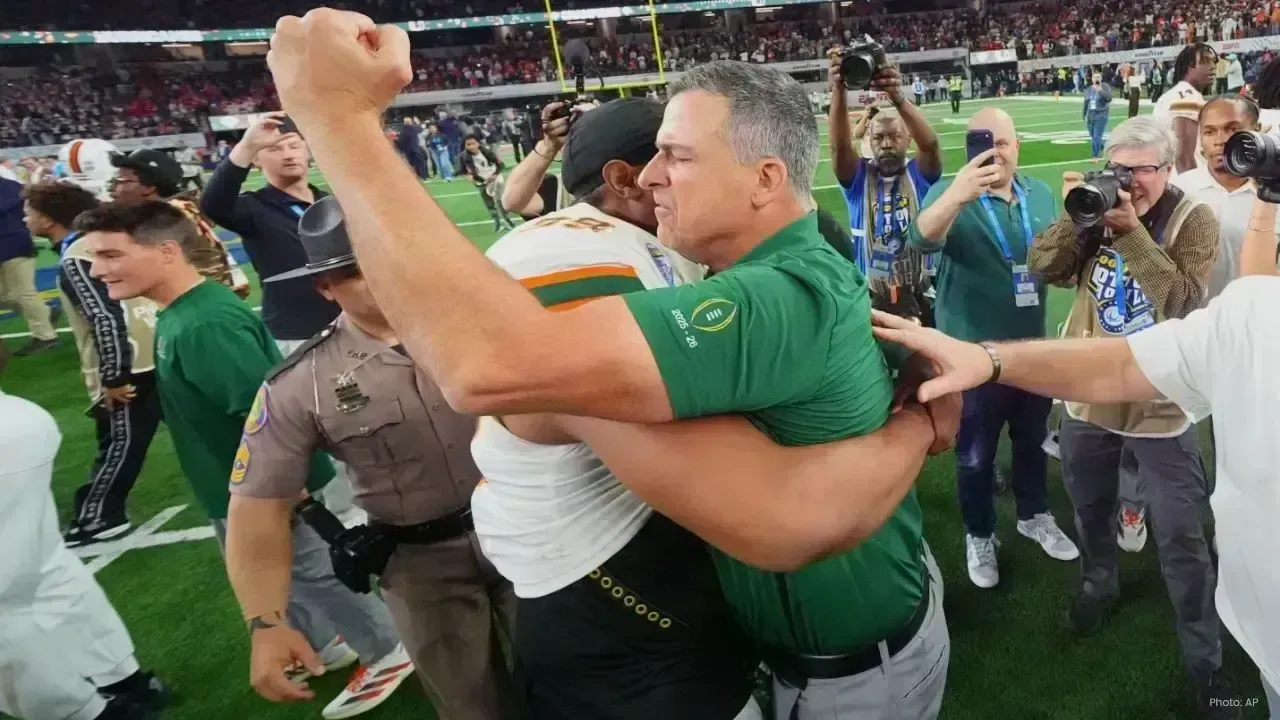
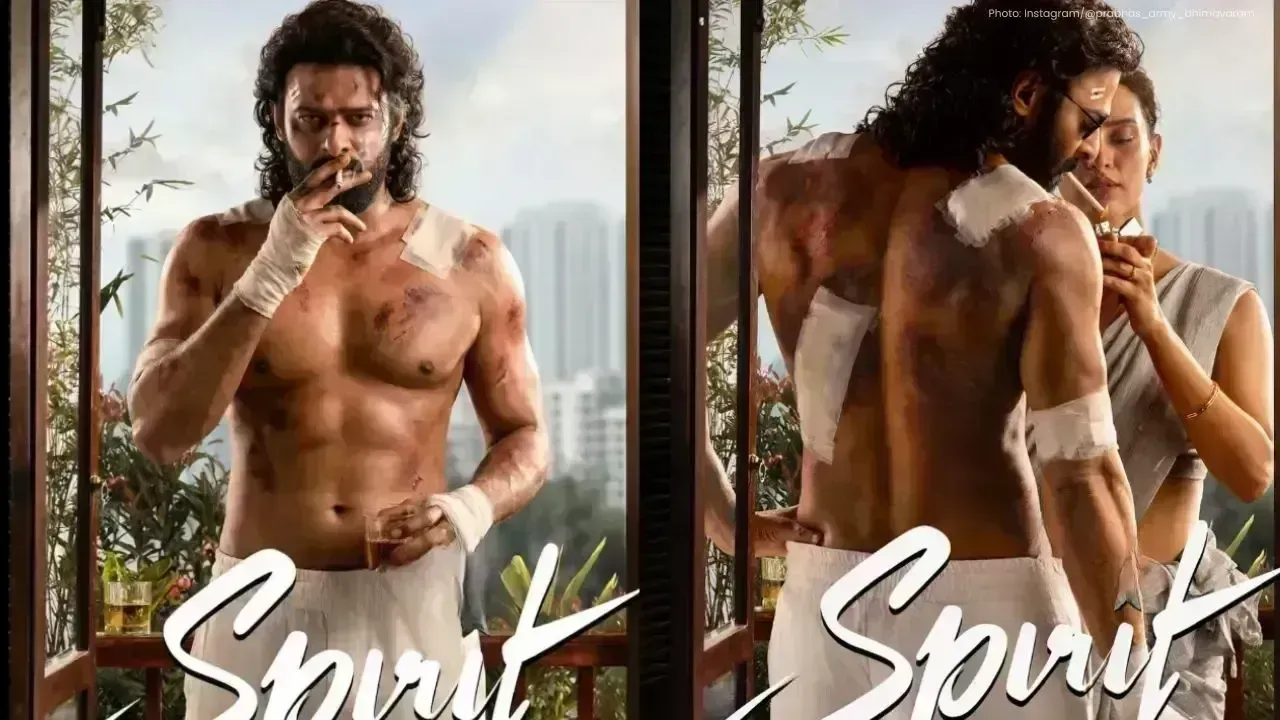


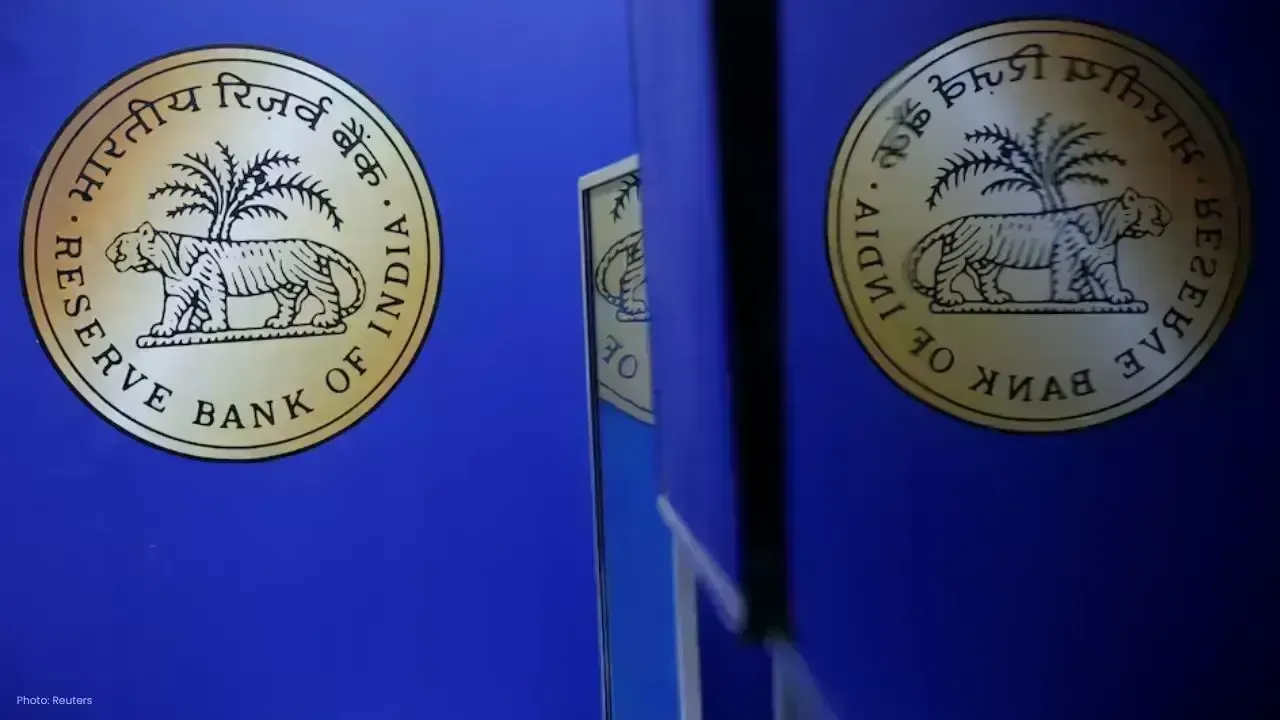


Kim Jong Un Celebrates New Year in Pyongyang with Daughter Ju Ae
Kim Jong Un celebrates New Year in Pyongyang with fireworks, patriotic shows, and his daughter Ju Ae

Dhurandhar Day 27 Box Office: Ranveer Singh’s Spy Thriller Soars Big
Dhurandhar earns ₹1117 crore worldwide by day 27, becoming one of 2026’s biggest hits. Ranveer Singh
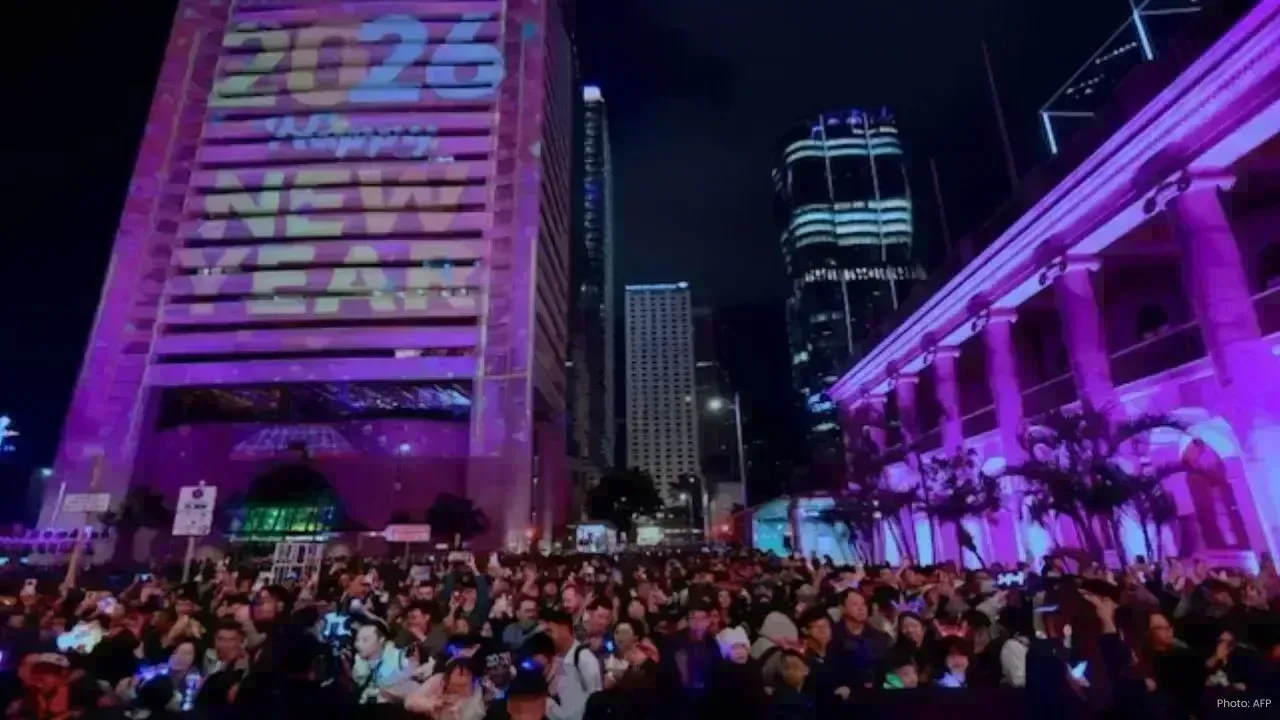
Hong Kong Welcomes 2026 Without Fireworks After Deadly Fire
Hong Kong rang in 2026 without fireworks for the first time in years, choosing light shows and music
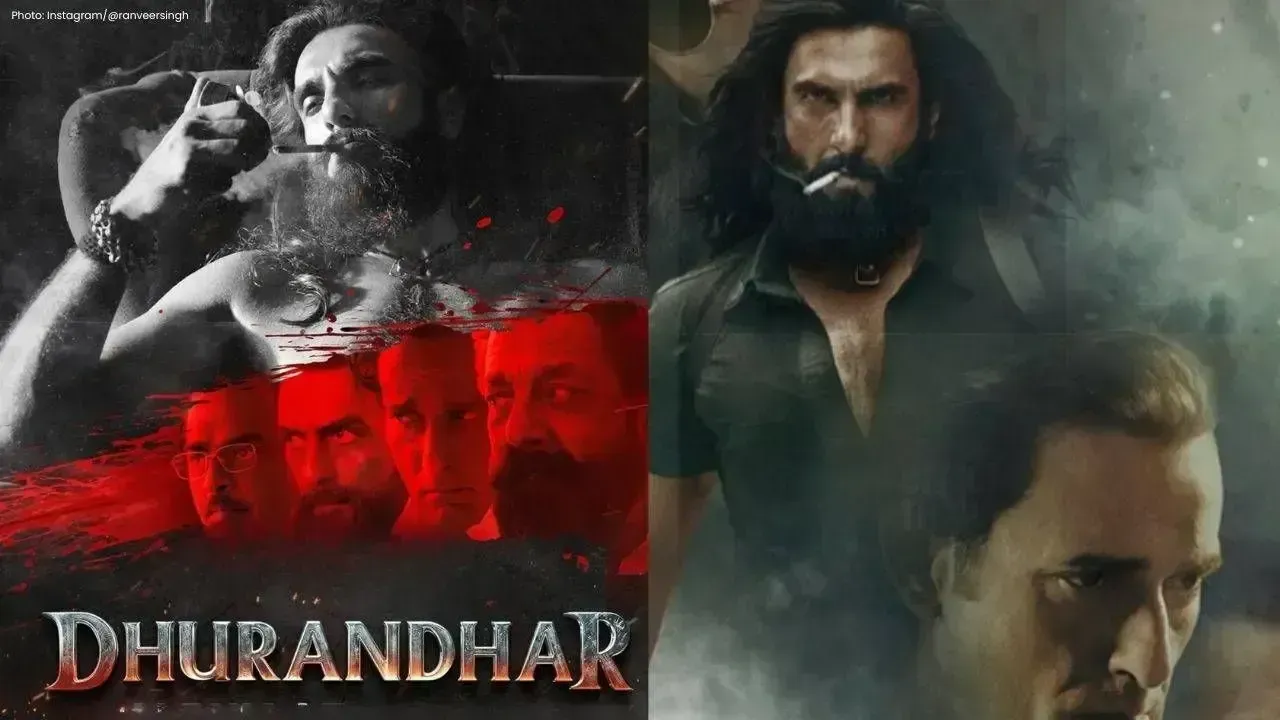
Ranveer Singh’s Dhurandhar Hits ₹1000 Cr Despite Gulf Ban Loss
Dhurandhar crosses ₹1000 crore globally but loses $10M as Gulf nations ban the film. Fans in holiday
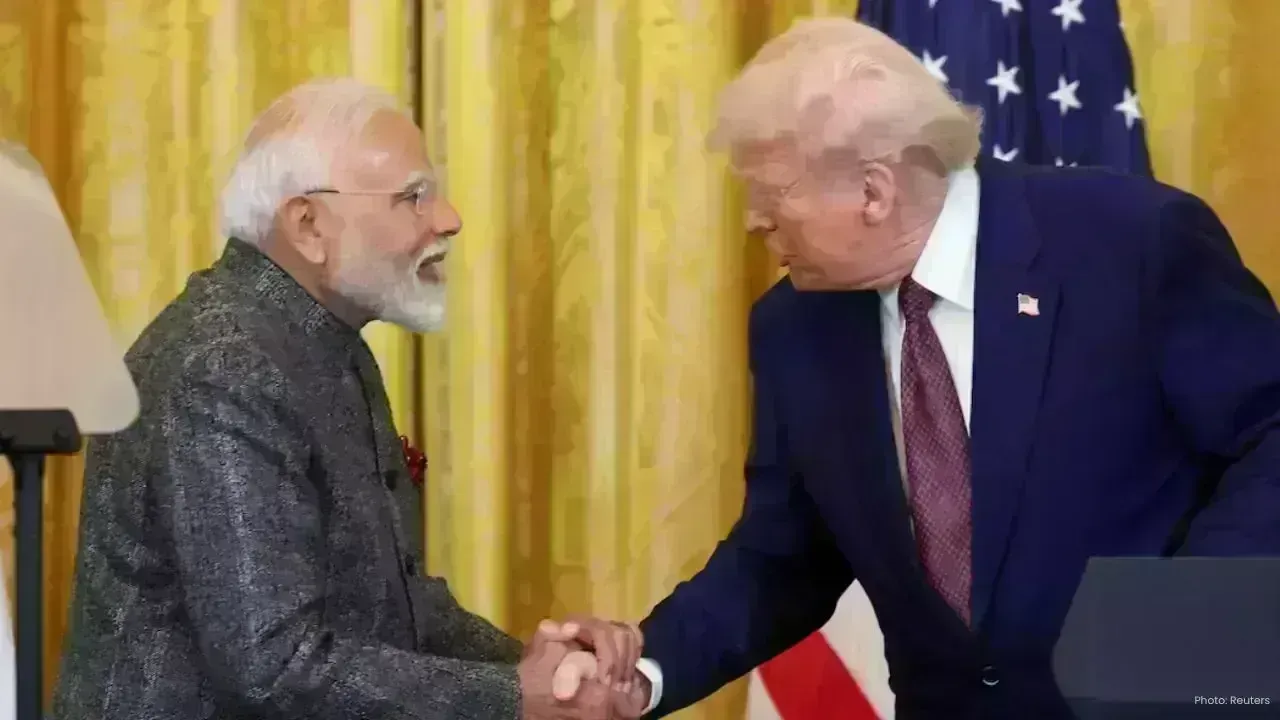
China Claims India-Pakistan Peace Role Amid India’s Firm Denial
China claims to have mediated peace between India and Pakistan, but India rejects third-party involv

Mel Gibson and Rosalind Ross Split After Nearly a Decade Together
Mel Gibson and Rosalind Ross confirm split after nearly a year. They will continue co-parenting thei